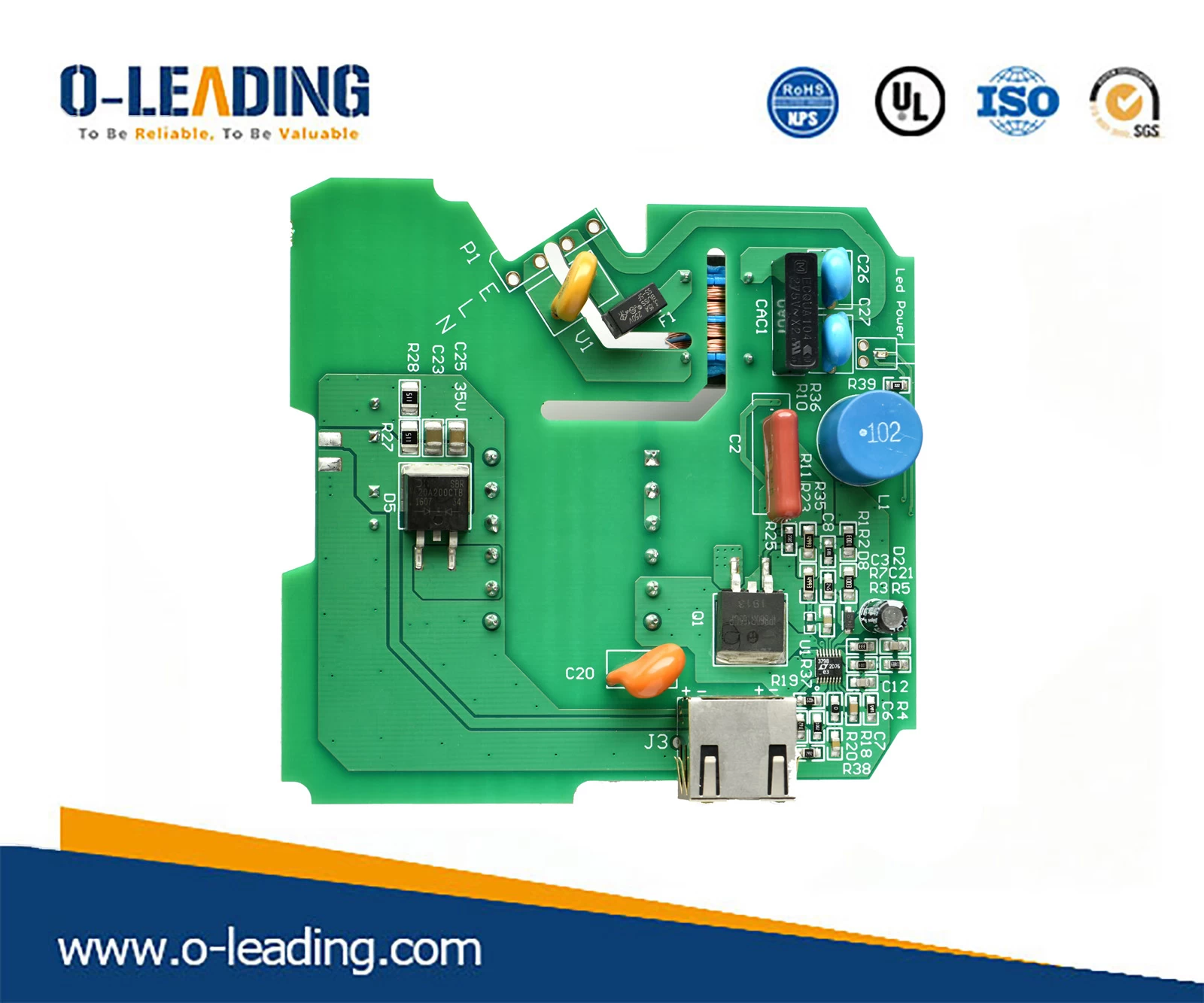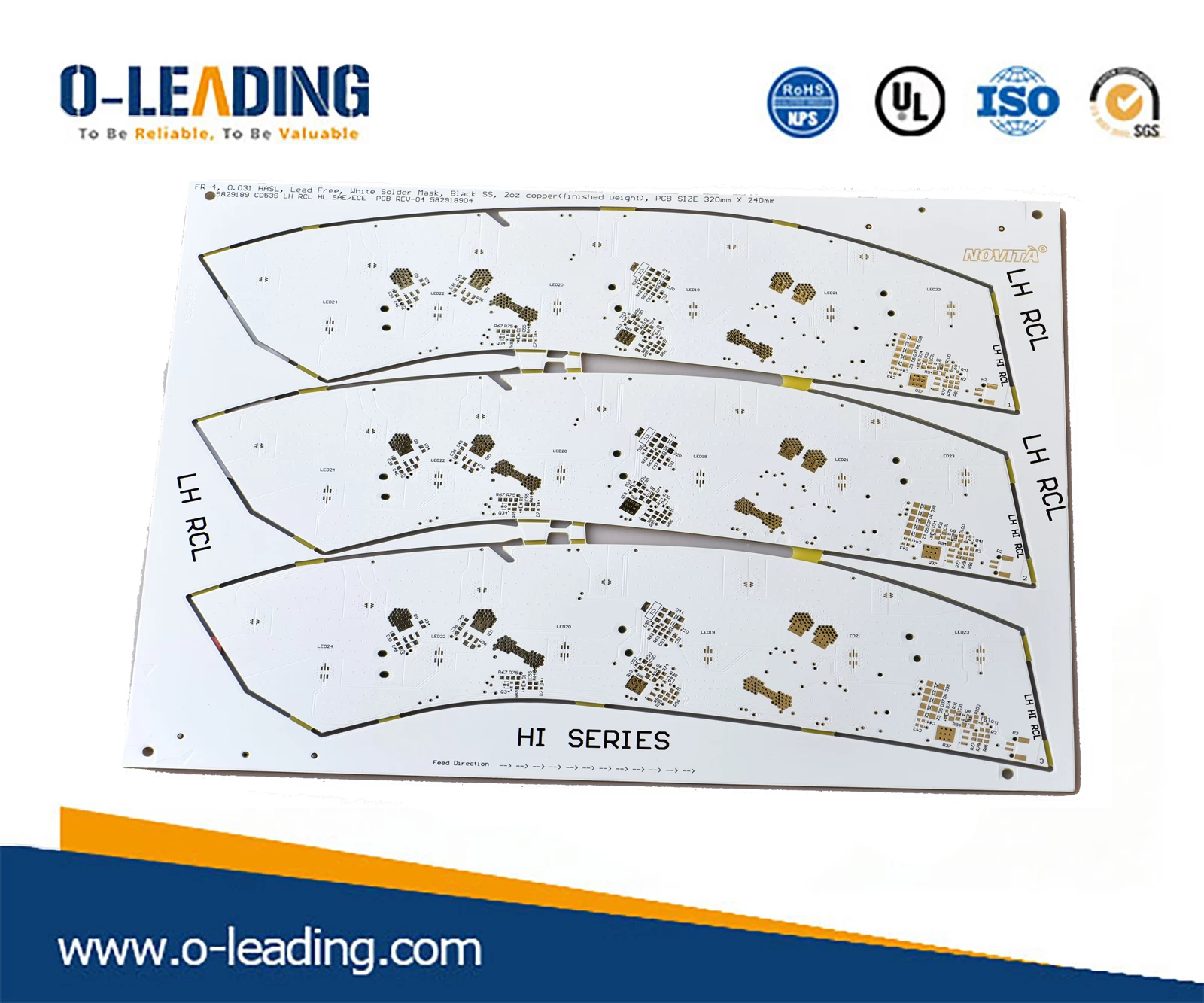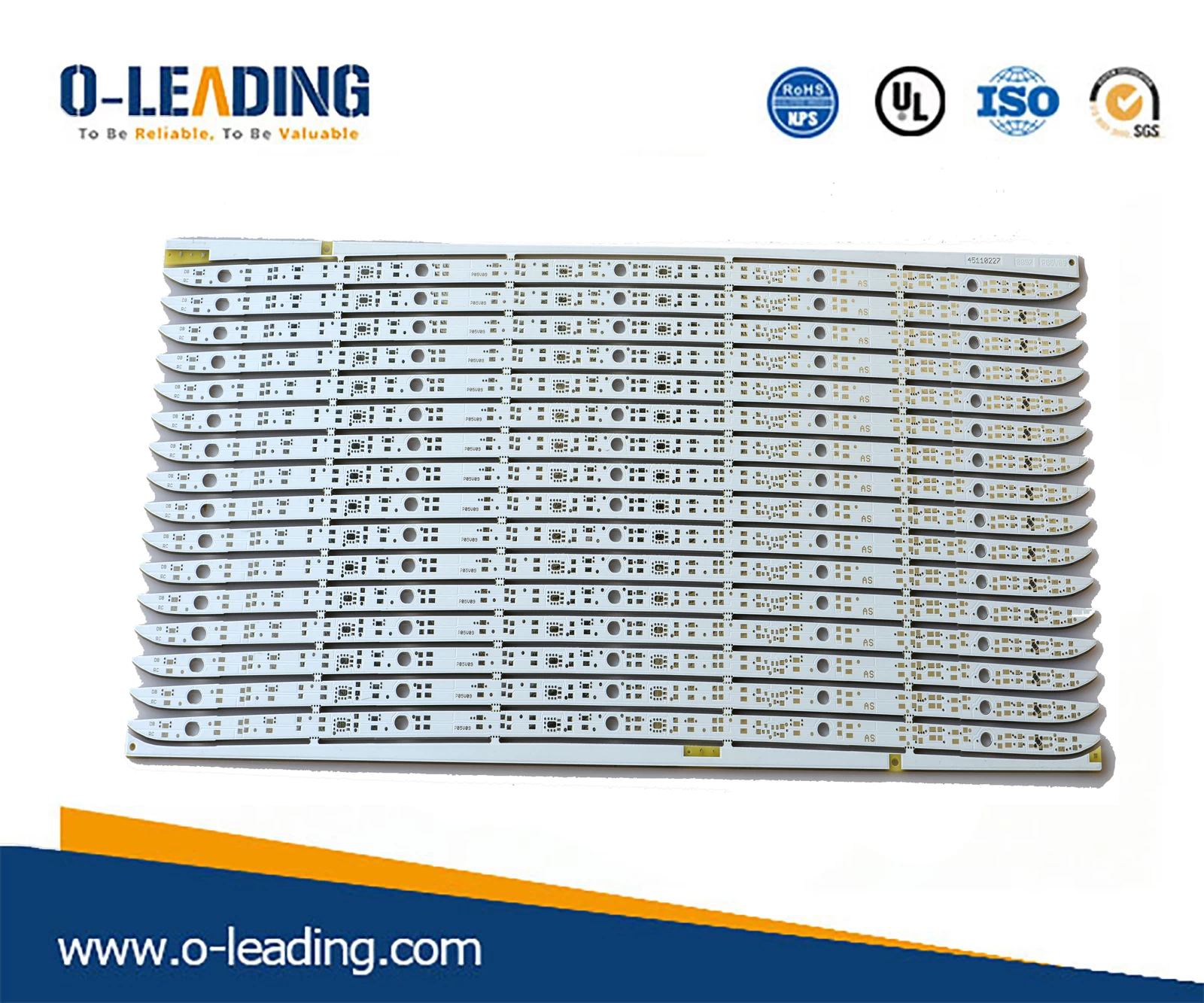What equipment and functional uses are required for PCBA production?

The basic equipment required for PCBA production includes solder paste printer, placement machine, reflow soldering, AOI detector, component trimmer, wave soldering, X-ray inspection, ICT test fixture, FCT test fixture, and aging test. For racks and other PCBA processing plants of different sizes, the equipment will be different.
PCBA production equipment
One: cleaning machine:
PCBs are not strictly cleaned when leaving the factory, and there are a lot of debris and dust remaining on the surface, edges, through holes, etc. of the PCB;

The PCB is prone to static electricity during the process, which may cause static damage or dust adsorption during the SMT process.
Foreign matter such as dust can cause poor printing, such as poor soldering, empty soldering, component warping, skewing, etc. Cleaning the PCB before entering the press can prevent and reduce the generation of defective products and improve the quality, so as to enhance the reliability of the product.
Second, solder paste printing machine
Modern solder paste printing machines are generally composed of plates, tin paste, embossing, and transmission boards. Its working principle is: firstly, the circuit board to be printed is fixed on the printing positioning table, and then the solder paste or the red glue is printed on the corresponding pad through the steel mesh by the left and right scrapers of the printing machine, and the PCB which is uniformly printed is passed through. The transmission station inputs to the SPI for detection.

Third, SPI detection
SPI (solder paste inspection, also known as solder paste inspection) is a quality inspection of solder printing and verification and control of the printing process. Its basic functions:
Timely discovery of the lack of print quality. The SPI can intuitively tell the user which solder pastes are good and which are bad, and provide a hint of the type of defect.
Through a series of solder joint inspections, the trend of quality changes was discovered. SPI is to find out the quality trend by testing a series of solder pastes, and find out the potential factors that cause this trend before the quality is out of range, such as the control parameters of the printing machine, human factors, solder paste variation factors. Then adjust in time to control the trend continues to spread.
Finally, the good products that are inspected are transported to the placement machine through the transfer table for automatic placement.
Click to view the source page
Fourth, the placement machine
Mounter: Also known as “mounting machine” or “Surface Mount System”, in the production line, it is placed behind the solder paste printer, and the surface mount components are accurately placed by moving the head. Place a device on the PCB pad. Divided into manual and fully automatic two, fully automatic and divided into general purpose machine, low, medium and high speed placement machine. Finally, the PCB-good components with the components attached are passed through the visual inspection transmission station and then transported to reflow soldering for welding.
































